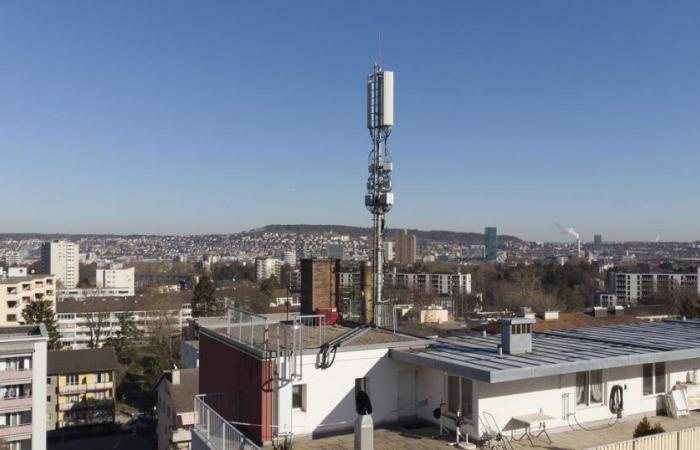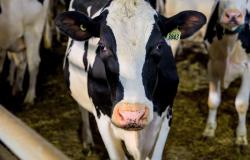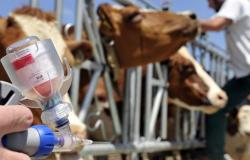With 5G, the population’s exposure to non-ionizing radiation (NIR) has “slightly” increased in two years in places where mobile devices are widely used. The Swiss, however, remain generally only slightly exposed to the RNI, the FOEN indicated on Thursday.
The health of the population is assured, notes the Federal Office for the Environment (FOEN) in its third report monitoring of the RNI covering the year 2023. This radiation is emitted in particular by fixed and mobile telephone antennas, mobile phones, radio transmitters, wireless computer networks (WLAN), household appliances as well as by power and railway lines.
This national monitoring was carried out in the same locations as in 2021, allowing for the first time to compare the results obtained. The places where the population is most exposed to RNI are airports, train stations and tram stops due to the large number of mobile device users there.
The federal office assures that the “high values” measured in these busy places “nevertheless remain clearly below the immission limit values”.
Three different types of measurements
More generally, the exposure of the Swiss population to RNI is “low” throughout the country and the health of the population is protected, according to the FOEN. The lowest values have been measured in nature and exposure to RNI in schools is also low, with values similar to those found in international studies.
Three types of measurements were carried out as part of the analysis. The RNI was first measured on predefined routes, located in public places and on public transport. It was also measured inside homes. Finally, some 70 permanent fixed measuring stations provided data.
Since 2019, the FOEN has been responsible for periodically recording the population’s exposure to RNI. To do this, it has mandated an institute and three engineering offices grouped together within the SwissNIS consortium.
response
Business






